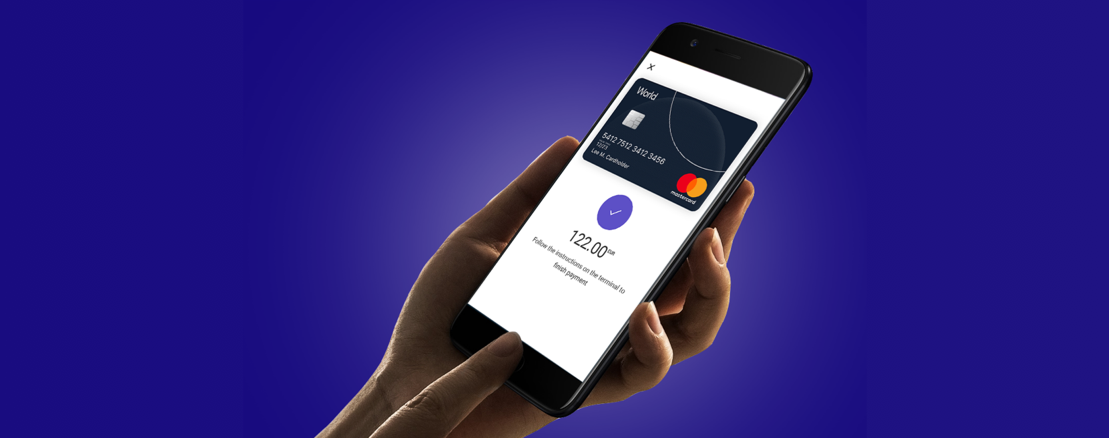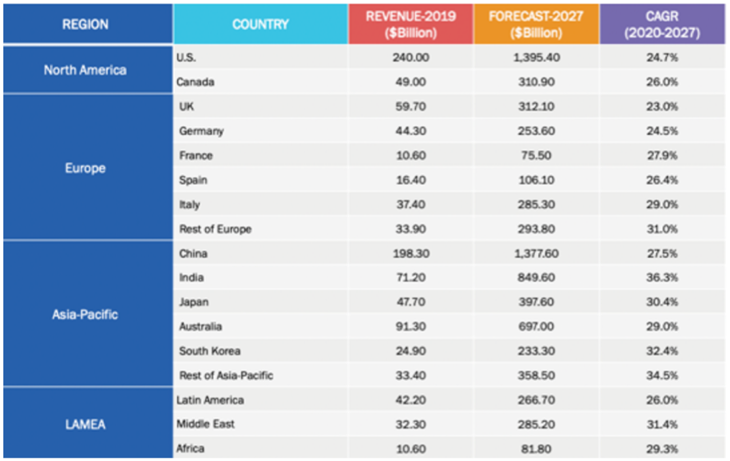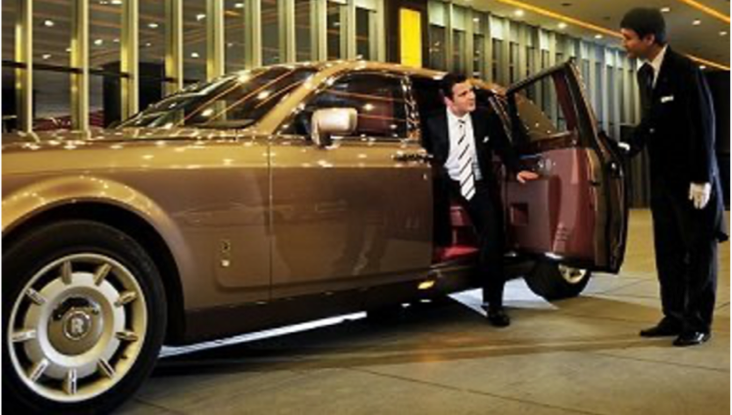
BLOG
Definition of Mobile Wallet
A mobile wallet is a virtual wallet payment service acronym as mWallet, digital wallet, or eWallet. It is a mobile technology that makes in-store payments conveniently and is also used by merchants by listing to its desired mobile wallet service provider. In simple terms, a mobile wallet is an application that allows it users to send and receive money from its mobile device. It is a form of a mobile-commerce model designed for the convenience and ease of access to a user’s payment services.
As mobile use grows rapidly, users begin to go online more often via mobile and even shop via mobile. Mobile wallets allow consumers to make transactions even during travel, from any location, anytime. It not only provides transaction facilities at affordable prices but also facilitates consumers to manage their accounts easily. We could say that with the emergence of the mobile wallet technology, it is possible to hold all the items that a physical wallet would carry on the mobile device.

Consumers are always pleased for getting an integrated buying experience that is fast, secure, consistent service that is available at any location, anytime, and via any device. This is what mobile wallet has given to its consumers with additional benefits of track records. Also, the mobile wallet promoters’ state that a mobile wallet is more advantageous than cash, check, or card payment counterparts as it facilitates an all-in-one payment solution for consumers; they do not have to carry paper or plastic for payment.
The global mobile wallet market was valued at $1,043.1 billion in 2019, and is projected to reach $7,580.1 billion by 2027, registering a CAGR of 28.2%. Asia-Pacific was the highest revenue contributor, accounting for $466.8 billion in 2019, and is estimated to reach $3,913.6 billion by 2027, with a CAGR of 30.5%. Asia-Pacific is estimated to reach $3,913.6 billion by 2027, at a significant CAGR of 30.5%. Asia-Pacific and North America collectively accounted for around 72.5% share in 2019, with the former constituting around 44.8% share. Asia- Pacific and LAMEA are expected to witness considerable CAGRs of 30.5% and 28.6%, respectively, during the forecast period. The cumulative share of these two segments was 52.9% in 2019, and is anticipated to reach 60.0% by 2027.

Moreover, mobile wallets provide easy and personalized shopping experiences to its consumers by storing locations and purchase history in the cloud, with its smart location tracking feature. In addition, it is also equipping vendors/retailers with the chances to promote their products/services effectively and enhances the loyalty factor, which in turn has proliferated the adoption of mobile wallet among retailers across the globe, which in turn has supported the growth of the market.
MOBILE WALLET TYPES
On the basis of type, the market is bifurcated into proximity and remote.
A proximity wallet is also known as NFC-based payment mode that facilitates its consumers to make purchases directly at the point of sale (POS) using their NFC-enabled mobile handsets. Consumers need to bring their mobile phones close to the NFC reader (installed at airlines, retail outlets), which detects it and deducts the purchased amount from a mobile wallet, prepaid, or bank account
Remote mobile payment involves carrying out a transaction using the mobile phone from anywhere. For instance, the remote payment mode allows mobile subscribers to purchase anything such as an app, video, or ringtone through their phone or via SMS, and it is billed to their mobile wallet account. They can make payments directly, as well as through a mobile-optimized website via methods such as credit/debit cards or PayPal.
TECHNOLOGY
On the basis of technology, the market is segmented into near field communication (NFC), QR code, and text based/short message service.
NFC payment is often used for store payments, via NFC-enabled phones, which can be waved at the point of sale (POS) to make the transactions.
QR is an abbreviation for quick response. QR code allows its user to initiate, accept, and transfer payments to help them issue and pay invoices and helps them to exchange necessary information in seconds. Also, QR it is considered as new engaging marketing strategy that has been implemented by major players in their mobile wallet products.
SMS payments are a way to pay for goods and services through a text message sent from a smartphone. The amount of the purchase is either added to the monthly bill of the customer or deducted from the prepaid balance by the phone operator.
INDUSTRIES
Mobile wallets carry a huge potential to transform many industries. We tried to explain the main industries and potential usage areas below for you:

Hospitality & Transportation
Hospitality & transportation mobile payment includes payments made while booking hotels, flights, and railway tickets through apps or mobile website.
Travelers make their travel bookings via their smartphones nowadays, as it gives them easy access to multiple travel options by one application. In addition, customers increasingly opt for mobile payment as they get reward points. Hotel market player, Marriott International entered into a deal with Ant Financial Services Group, which is an independent financial group partner of Alibaba Group, to launch Alipay for hospitality brands under Marriott International brands for its Chinese guests to make payments via their smartphones for different services availed during their stay.
Customers also use mobile payment for hotels and flight bookings as they get discounts and other additional offers while making such bookings via mobile apps. Moreover, they get nearby deals also based on their location data, thereby fueling the growth of the mobile payment market.

Media & Entertainment
Mobile payments are used to avail movie tickets, amusement part tickets, and play tickets. A mobile wallet developer (also called mobile payment application provider) provides value-added applications to a mobile phone to manage different NFC payment applications. The developer provides software that allows the mobile wallet to run directly as an MNO-provided app, as an issuer’s payment option or through a vendor or service provider.
Customers have started to book movie and play tickets through their smartphones to avoid standing in queues. In addition, film entertainment companies, such as Regal Entertainment Group and Cineplex Entertainment, have their own mobile apps through which viewers can easily book their tickets. People have started to search for entertainment services such as movies and plays on the dedicated entertainment service mobile apps, as they give a number of options to choose. In addition, the payment process is quick and hassle free, and viewers receive their tickets on their mobile itself. In addition, the young generation commonly opt for mobile payment for entertainment services, as they often make last minute plans and thus opt for instant payment options.

Retail
Retail mobile payment includes purchase of products such as apparel, electronics, drugs, and grocery. Merchants are willing to transform to contactless payment equipment enabled with NFC chips. The old card readers do not support payment activities from commerce-enabled mobile handsets due to the absence of NFC chips. There are various ways through which they can make it to a wider audience when upgrading to mobile payment facility. They can make promotions and let the consumers know about the marketing deals via mobile wallet. They can issue loyalty cards, providing the information related to reward points and redemption to the customer. Other ways include providing gift cards and other high-end services and modules to retain and sustain customers’ interests.
Starbucks and Dunkin’ Donuts have started to offer their services via mobile apps, where customers can place and pay for their order online, thus avoiding waiting in the queue. Nowadays, retailers have also started to accept mobile payments, and logos featuring mobile payments are being displayed on retailer’s POS counters. In addition, Apple has also entered the NFC mobile payment market through its iPhone 6 and Apple Pay to enable fast and convenient in-store payment of goods and services.

Healthcare
Healthcare mobile payment includes payment of medical bills at hospital or at a doctor’s clinic via mobile.
The adoption of mobile medical billing and payment in the healthcare industry has been slow; however, market players are making efforts to equip medical providers and patients with mobile payment options. In addition, rise in consumerization and growth in mobile payment in most of the industries also provides impetus to electronic medical payment Network Company like InstaMed to launch medical payment mobile app through which medical health providers can collect payment from anywhere in the hospital or at the bedside. This is expected to encourage customers to make the payment instantly, without doing much of paper work. Customers are also concerned in using mobile payment as they can access the payment details at any time and from anywhere.
Medical healthcare providers should opt for mobile payment as it would result in timely collection of payments. It would also assist customers to make the payment from anywhere, thus avoiding to go to different counters for making the payments. In addition, healthcare providers need to launch their own mobile apps or should partner with other mobile payment service providers, such as Apple Pay or Google Wallet, to offer mobile payment services to customers. This is expected to reduce the cost of collecting the payment and avoid manual processing errors.

Energy & Utilities
Mobile payments are utilized to avail movie tickets, amusement part tickets, and play tickets.
To enable customers to ease payment, mobile payment of utility bills via apps and mobile wallet drives the growth of the mobile payments market. In addition, customers prefer payment via mobile as mobile payment is quick, secure, and easily accessible.

Telecommunication
In recent years, mobile network operators (MNOs) have transformed to multitasking and multi- communicating corporations that are able to generate revenue and build customer loyalty through mobile wallet services, with the built-up of new infrastructure. This has positively impacted the growth of the market.
MNOs have influenced the success of mobile wallets greatly. Whether it is the mobile communication services or the network, all are under MNOs control, and they have the potential to institute and update the needed apps and functionality into the consumers’ handsets via SIM cards. As MNOs are not much experienced in the payment industry, they are focusing on collaborating with financial institutions to build consumer confidence with their technological and marketing developments.

